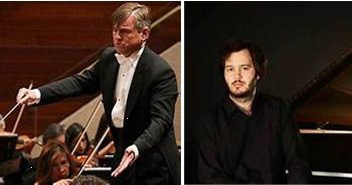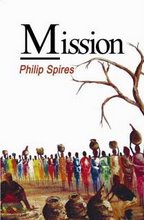I last heard Prokofiev’s Alexander Nevsky in April 1985. It was a performance of the complete film score alongside the film itself, recently reconstructed, in London’s Royal Festival Hall. The orchestra was the London Philharmonic and the conductor was Mstislav Rostropóvich. I could remember the venue and the music, but not the performers or the date. Those were filled in by artificial intelligence. That would also be the last time I saw the film.
Last night’s performance by the ADDA orchestra under Josep Vicent featured the cantata that Prokofiev constructed out of his incidental music to Eisenstein’s film This choral work has since become a concert hall regular, perhaps the major cantata of all twentieth century music. Performances are not offered very often, however, because it is a work that needs a lot of resources, large numbers of human beings and, if it is to be done well, lots of rehearsal time.
This performance, subtitled “La Leyenda del Príncipe y el Lago Helado”, of the purely musical work was accompanied by a brief passages from the film, projected above the heads of the Orfeón Donostiarra chorus. There was enough visual material to provide context, but no more. In any case, Prokofiev’s cantata score does not follow the film’s action sequentially, only thematically. Rest assured that this is a massive work and, for many concert goers, it is probably a one-in-a-lifetime experience. Not only does it demand a large orchestra and a full chorus, it also has a soloist, mezzo-soprano Silvia Tro this evening, to sing an orchestral song towards the end. Silvia Tro’s performance of this patriotic text was moving, though its propaganda message was better left untranslated.
From the start, indeed, we can hear that this is a Prokofiev score because of the filled out and emphasised bass. The orchestration is simply spectacular and the ADDA orchestra delivered perfectly all the unexpected and frankly surprising textures. Even the opening chords, delivered softly offer the listeners something of a surprise.
Josep Vicent had placed the percussion not at the back, because Orfeón Donostiarra were there. Hence the players of extensive percussion section were immediately behind the violins. This brought all the percussive colour to the fore, and the effect was spectacular. At the start of the battle on the ice scene, it seemed as if the assembled army on stage had come alive as a single insect-like force, scratching its way towards the audience. Simply spectacular.
Truly spectacular had been the first half of the concert. Beethoven’s Seventh Symphony is clearly a favourite of Josep Vicent and the ADDA orchestra. I have heard them perform it at least three times and, if it were on offer again today, I would be first in line for a ticket. I will limit my description of the piece, because it has featured regularly in ADDA concerts.
This was playing of the very highest quality. Not only
was it accurate and controlled, but it also came across a slightly reckless,
even improvised. But of course, it was not, but this performance had the
quality of experiment at breakneck speed. The performance of Alexander Nevsky
was both welcome and spectacular. But it was Ludwig van Beethoven who stole
this music show.





